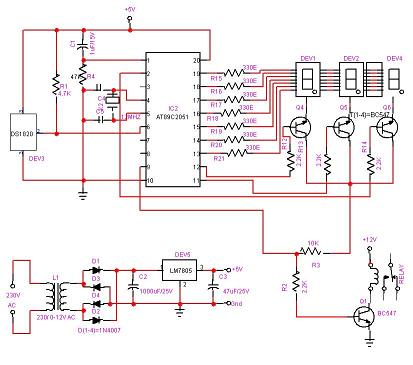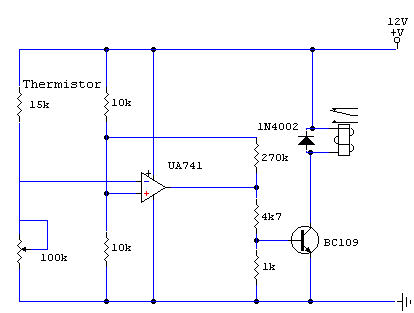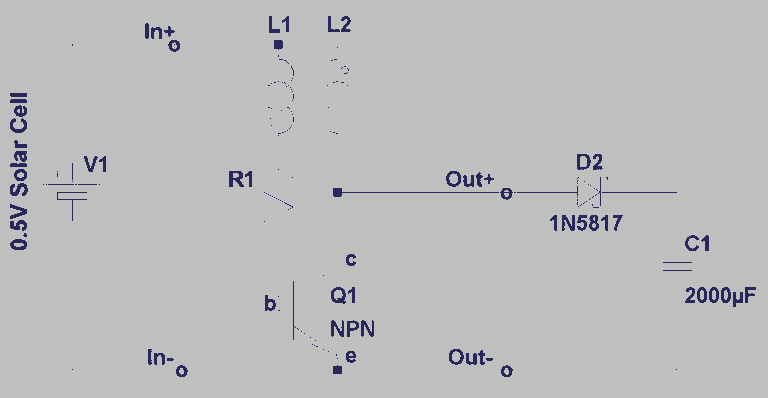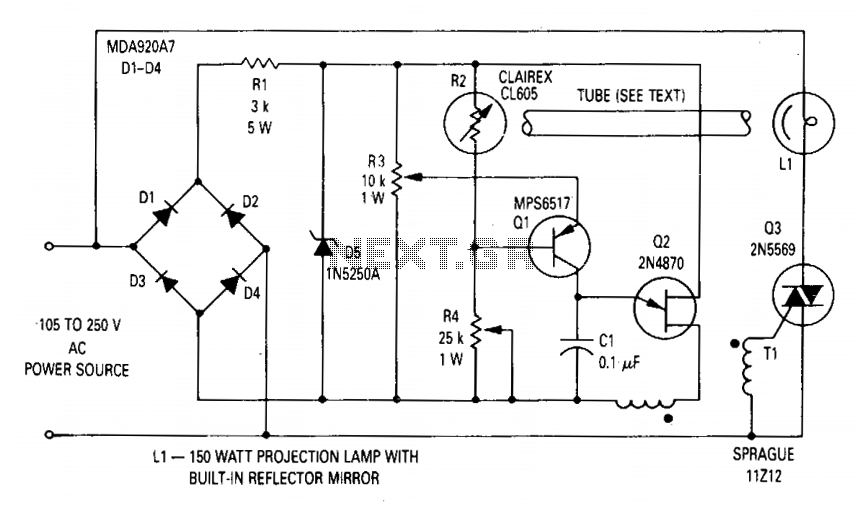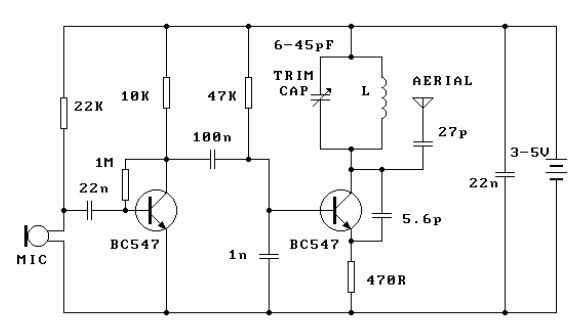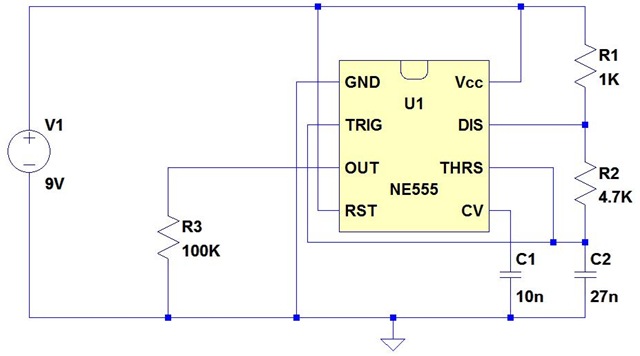
The Sea Song Project
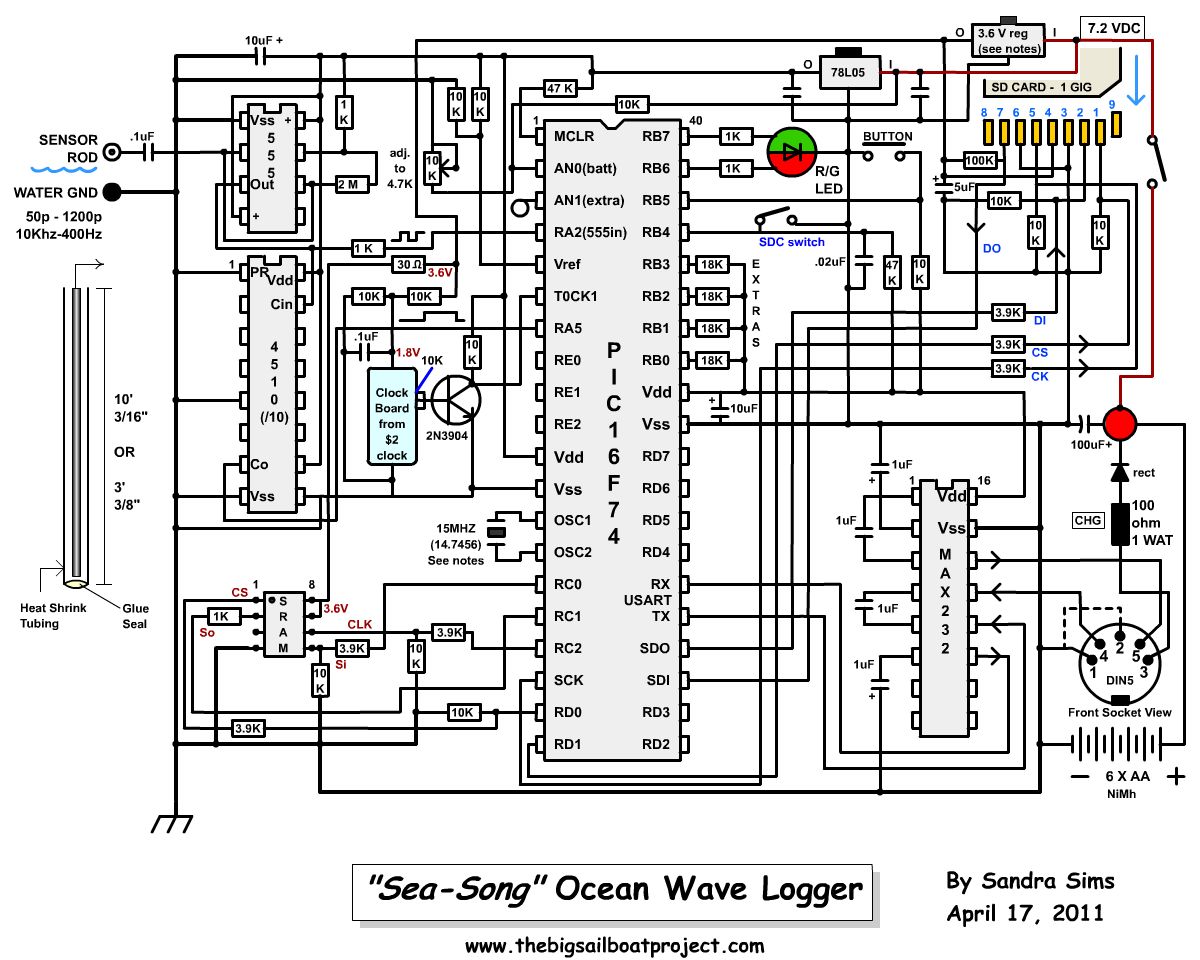
An idea emerged while observing the waves of Malaspina Strait during a storm a few weeks ago. The concept is to capture the sounds of ocean waves as an audio recording—not the typical sounds heard while walking on the beach or underwater, but the actual shape of the waves represented as audio. Audio consists of a series of waves that travel through the air to the human ear, producing a range of sounds depending on the frequency and amplitude of the waves. Ocean wave periods can range from 3 to 15 seconds based on various factors such as location, weather, and sea conditions. These frequencies are typically too low for human perception; however, if these waves are accelerated by a factor of 1000, they could be audible. For instance, a 4-second wave would translate to 240 cycles per second (Hz), equivalent to a B4 note on a piano, while a 12-second wave would correspond to 83 Hz, or a B3 note.
Ocean waves are not purely sinusoidal; they exhibit complex behaviors similar to audio waves, including mixing and distortion due to land features, with the Doppler effect also applicable. These interactions create harmonics, resulting in additional frequencies that contribute to a rich auditory experience. Random elements such as wind gusts, boat wakes, or rain introduce white noise, which can manifest as whispers, cymbals, or hissing sounds. To generate extended audio recordings, sessions would need to last for hours or even days. Each recording would be unique, with variations in conditions—such as an approaching storm or changing winds—potentially recognizable over time when recorded from the same location. Different environments will yield distinct sounds; for example, an inland waterway with 3-4 second waves will differ significantly from the open ocean with larger swells and choppy conditions.
A method to sense wave height is a logical next step, which may involve technical considerations. Previous experience in designing an electronic level display for a stainless steel waste tank provides insight into this challenge. Several initial ideas were explored, some failing due to interference from magnetic fields or particles. A straightforward approach to gauge wave height could involve a float mounted on a stick connected to a variable resistor or potentiometer, which would capture basic wave shapes. However, the float's weight and size would dampen minor variations, resulting in clean tones but limited detail. An alternative could involve using a stainless steel rod, where the resistance decreases as the rod is submerged deeper, providing a clearer representation of wave shapes. However, corrosion and the accumulation of oils could affect readings, especially on a steel boat. A promising idea that emerged for the septic tank application could be adapted here, utilizing an insulated steel rod to form a capacitor-resistor system when submerged.
Incorporating this approach would enable the capture of wave shapes more accurately, facilitating the transformation of ocean wave dynamics into an auditory experience. This would ultimately enhance the understanding of oceanic soundscapes and their variations, contributing to a deeper appreciation of marine environments.An idea came to me while watching the waves coming in from Malaspina Strait during a storm a couple of weeks ago. What if a person could hear the sounds of ocean waves as an audio recording Not the sounds you`d hear while walking on the beach, or even under water, but the actual shape of the waves as audio.
As everyone knows, audio is just a series of waves that travel though the air to our ears. Those waves can produce any sound we hear from a high whistle, to a booming sub, all depending on how many of them happen in a given time. Wave cycles, or periods, in the ocean are 3 seconds to 15 seconds depending on location, weather, sea conditions etc.
These frequencies are far too low for the human ear to hear, which is probably a good thing as the sounds from the ocean would probably drive us crazy! But if these waves are sped up by, say, 1000 times, we`d be able to hear them! A 4 second long wave would now be (. 24hz * 1000) 240 cycles per second, about B4 on a piano. A longer ocean swell if 12 seconds, would be 83 cps, or a B3 on the piano. This would all be pretty boring if ocean waves were just even sinusoidal shapes, but they`re not. In fact, waves exhibit the same properties as audio waves when different waves are mixed, distorted by land features, even the Doppler effect applies.
These "mixes" of frequency create other frequencies known as harmonics. These would come up as other notes, perhaps with less level, but still enough to create a symphony of sound. Then to add a sprinkle of spice, randomness, such as a gust of wind forming ripples, a boat`s wake, or rain, will make white noise.
This might resemble a whisper, or a cymbal, or just a hiss. Recordings, in order to produce any length of audio, would need to be taken for hours or days at a time. No two recordings would ever be the same, but I believe changing conditions, like a storm approaching, or the wind veering, might become recognizable over time.
if recorded from the same location. Different locations will produce totally different sounds. Obviously an inland waterway with it`s 3-4 second waves will sound different than the middle of the ocean with 8` swells spaced 12 seconds apart and 2 second "chop" on top. Because 24 hours of recording will produce just over a minute of hi-fi sound, any slight changes in wave shape will make big changes to the listener!
A method to be able to sense the height of the waves is the next logical step. This part will get a little technical, so if that`s not your thing just skip past all this to the results. I have a bit of experience with level sensing as I had to design an electronic level display for a stainless waste tank in our boat a couple of years ago.
I went through several ideas, and produced a couple that didn`t work well because of magnetic fields or particles in the black water. A simple way to get the level of waves would be to just mount a float on a stick connected to a variable resistor, or potentiometer.
(right) This would get the basic shapes of the waves, but the floats weight and size would smooth off most of the small variations. The resulting audio would be clean tones, but not much else. ( see diagrams to the extreme right) A stainless rod might work. As the rod gets deeper, the resistance decreases, thus giving a nice representaion of wave shape. The problem with that is corrosion and build up of oils etc. varying the results, plus we have a steel boat so the sacrificial anodes there would probably cause problems.
The final idea I came up with for the septic tank should work well here. Insulating a steel rod from the water will create a capacitor-resistor when under w 🔗 External reference
Ocean waves are not purely sinusoidal; they exhibit complex behaviors similar to audio waves, including mixing and distortion due to land features, with the Doppler effect also applicable. These interactions create harmonics, resulting in additional frequencies that contribute to a rich auditory experience. Random elements such as wind gusts, boat wakes, or rain introduce white noise, which can manifest as whispers, cymbals, or hissing sounds. To generate extended audio recordings, sessions would need to last for hours or even days. Each recording would be unique, with variations in conditions—such as an approaching storm or changing winds—potentially recognizable over time when recorded from the same location. Different environments will yield distinct sounds; for example, an inland waterway with 3-4 second waves will differ significantly from the open ocean with larger swells and choppy conditions.
A method to sense wave height is a logical next step, which may involve technical considerations. Previous experience in designing an electronic level display for a stainless steel waste tank provides insight into this challenge. Several initial ideas were explored, some failing due to interference from magnetic fields or particles. A straightforward approach to gauge wave height could involve a float mounted on a stick connected to a variable resistor or potentiometer, which would capture basic wave shapes. However, the float's weight and size would dampen minor variations, resulting in clean tones but limited detail. An alternative could involve using a stainless steel rod, where the resistance decreases as the rod is submerged deeper, providing a clearer representation of wave shapes. However, corrosion and the accumulation of oils could affect readings, especially on a steel boat. A promising idea that emerged for the septic tank application could be adapted here, utilizing an insulated steel rod to form a capacitor-resistor system when submerged.
Incorporating this approach would enable the capture of wave shapes more accurately, facilitating the transformation of ocean wave dynamics into an auditory experience. This would ultimately enhance the understanding of oceanic soundscapes and their variations, contributing to a deeper appreciation of marine environments.An idea came to me while watching the waves coming in from Malaspina Strait during a storm a couple of weeks ago. What if a person could hear the sounds of ocean waves as an audio recording Not the sounds you`d hear while walking on the beach, or even under water, but the actual shape of the waves as audio.
As everyone knows, audio is just a series of waves that travel though the air to our ears. Those waves can produce any sound we hear from a high whistle, to a booming sub, all depending on how many of them happen in a given time. Wave cycles, or periods, in the ocean are 3 seconds to 15 seconds depending on location, weather, sea conditions etc.
These frequencies are far too low for the human ear to hear, which is probably a good thing as the sounds from the ocean would probably drive us crazy! But if these waves are sped up by, say, 1000 times, we`d be able to hear them! A 4 second long wave would now be (. 24hz * 1000) 240 cycles per second, about B4 on a piano. A longer ocean swell if 12 seconds, would be 83 cps, or a B3 on the piano. This would all be pretty boring if ocean waves were just even sinusoidal shapes, but they`re not. In fact, waves exhibit the same properties as audio waves when different waves are mixed, distorted by land features, even the Doppler effect applies.
These "mixes" of frequency create other frequencies known as harmonics. These would come up as other notes, perhaps with less level, but still enough to create a symphony of sound. Then to add a sprinkle of spice, randomness, such as a gust of wind forming ripples, a boat`s wake, or rain, will make white noise.
This might resemble a whisper, or a cymbal, or just a hiss. Recordings, in order to produce any length of audio, would need to be taken for hours or days at a time. No two recordings would ever be the same, but I believe changing conditions, like a storm approaching, or the wind veering, might become recognizable over time.
if recorded from the same location. Different locations will produce totally different sounds. Obviously an inland waterway with it`s 3-4 second waves will sound different than the middle of the ocean with 8` swells spaced 12 seconds apart and 2 second "chop" on top. Because 24 hours of recording will produce just over a minute of hi-fi sound, any slight changes in wave shape will make big changes to the listener!
A method to be able to sense the height of the waves is the next logical step. This part will get a little technical, so if that`s not your thing just skip past all this to the results. I have a bit of experience with level sensing as I had to design an electronic level display for a stainless waste tank in our boat a couple of years ago.
I went through several ideas, and produced a couple that didn`t work well because of magnetic fields or particles in the black water. A simple way to get the level of waves would be to just mount a float on a stick connected to a variable resistor, or potentiometer.
(right) This would get the basic shapes of the waves, but the floats weight and size would smooth off most of the small variations. The resulting audio would be clean tones, but not much else. ( see diagrams to the extreme right) A stainless rod might work. As the rod gets deeper, the resistance decreases, thus giving a nice representaion of wave shape. The problem with that is corrosion and build up of oils etc. varying the results, plus we have a steel boat so the sacrificial anodes there would probably cause problems.
The final idea I came up with for the septic tank should work well here. Insulating a steel rod from the water will create a capacitor-resistor when under w 🔗 External reference
